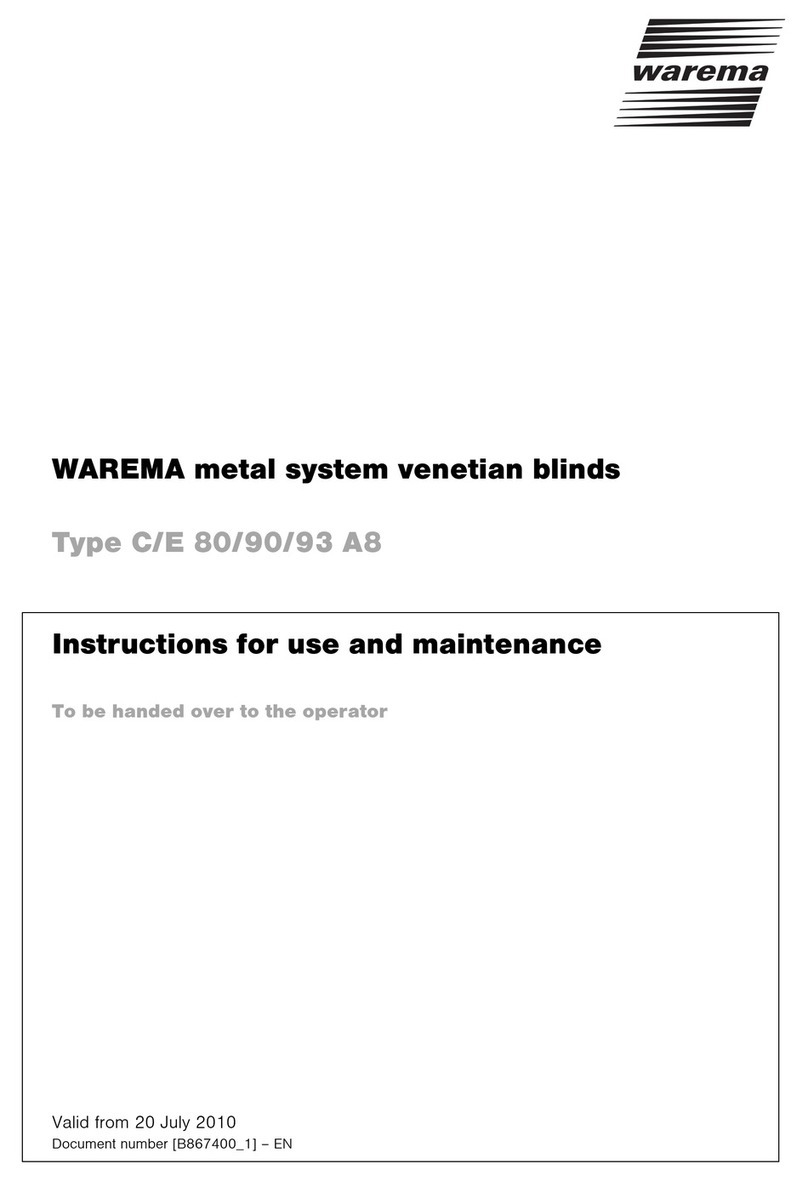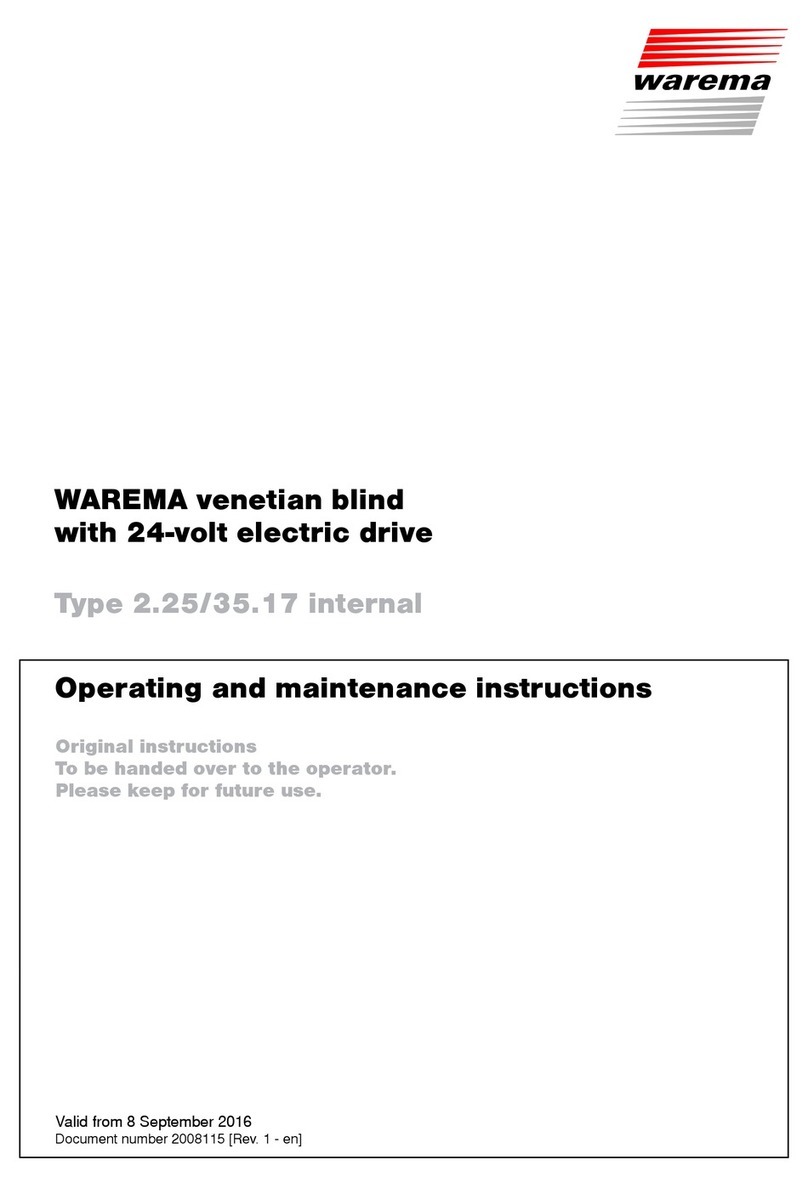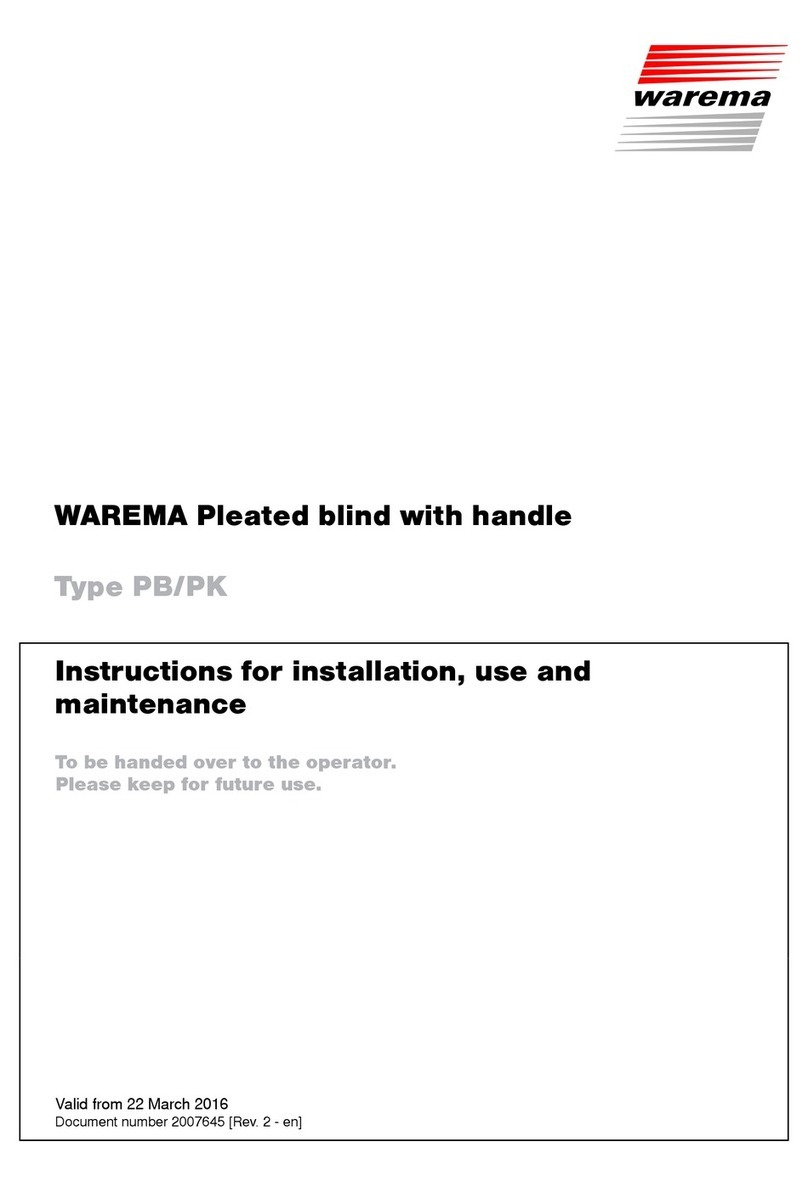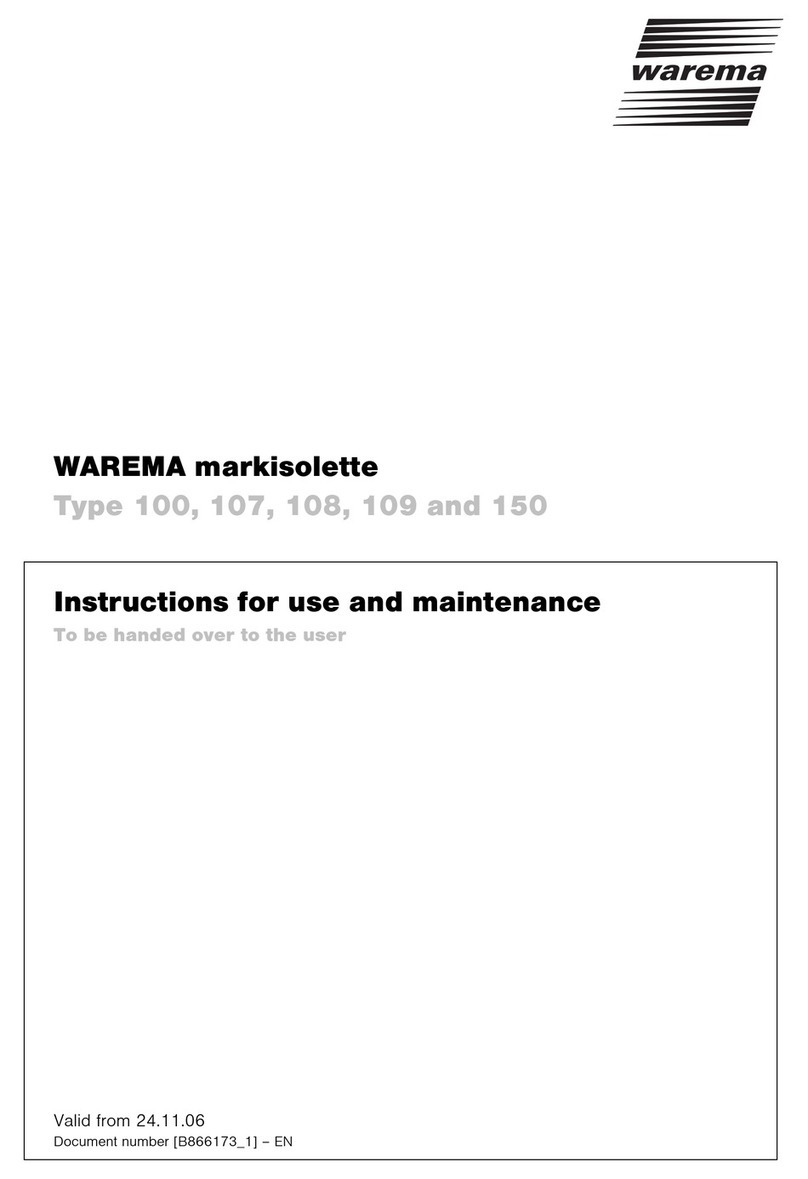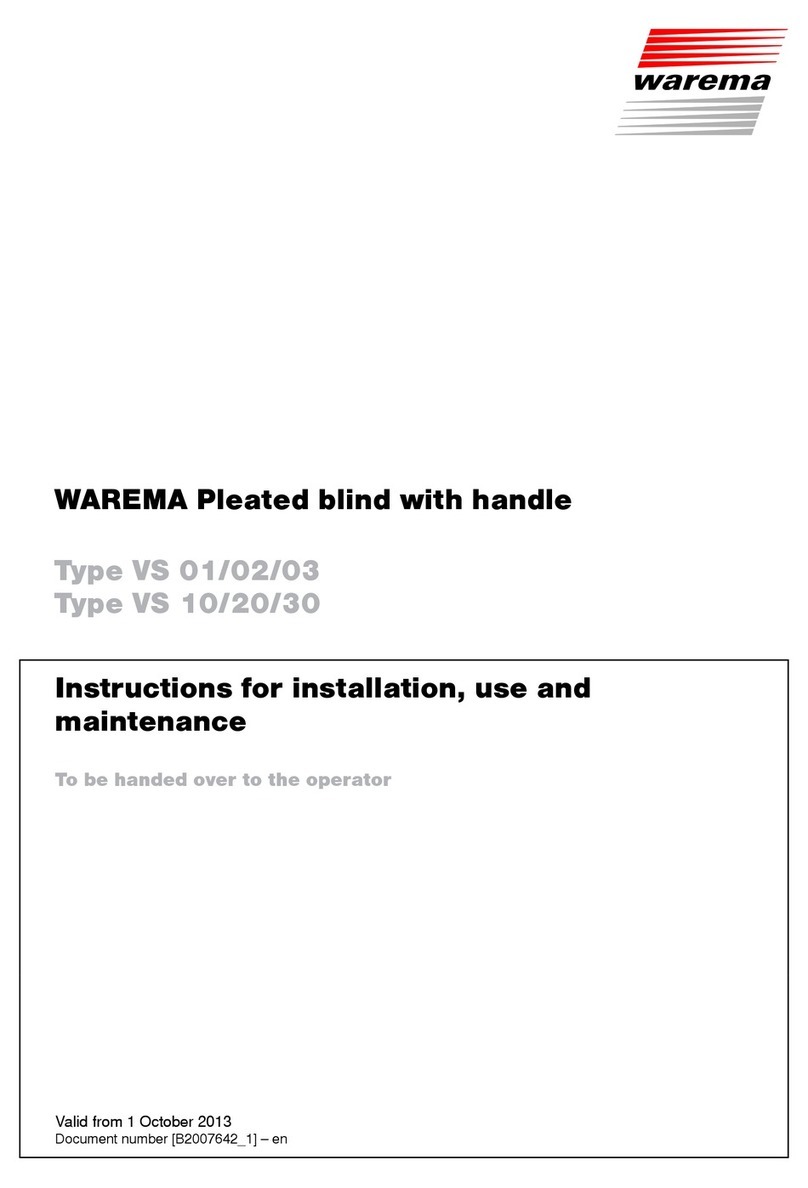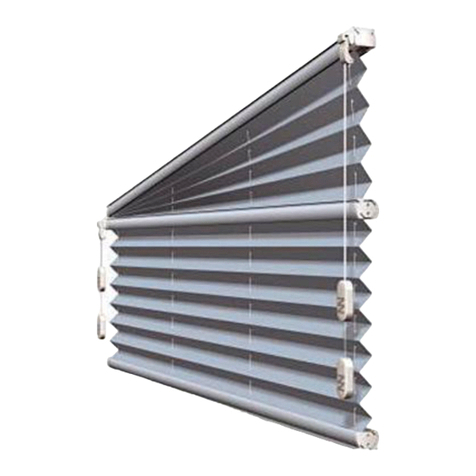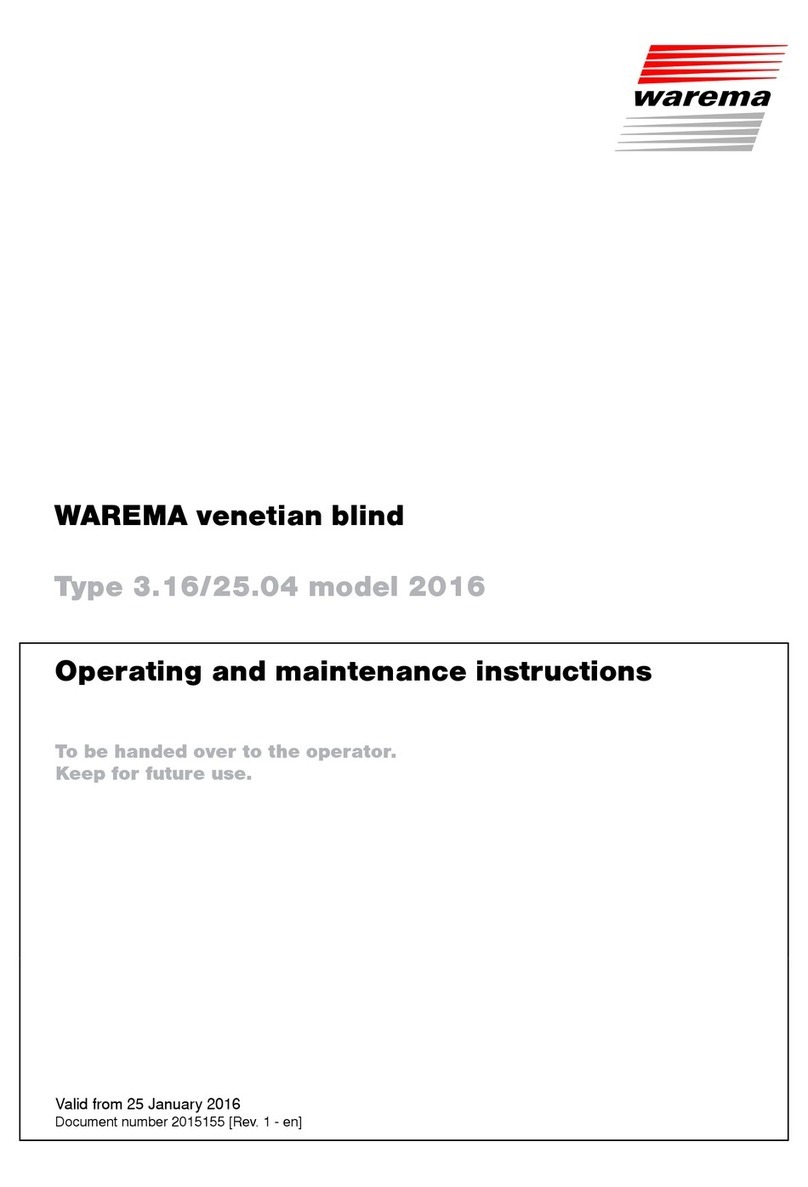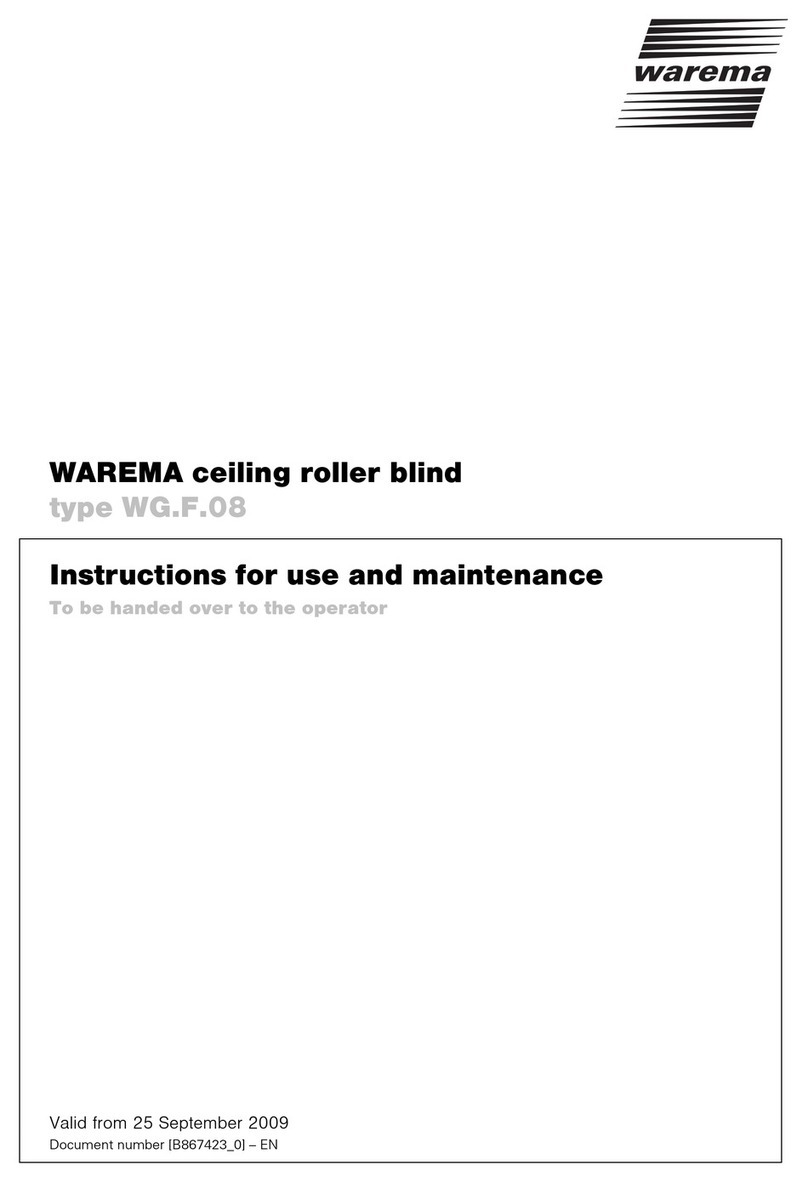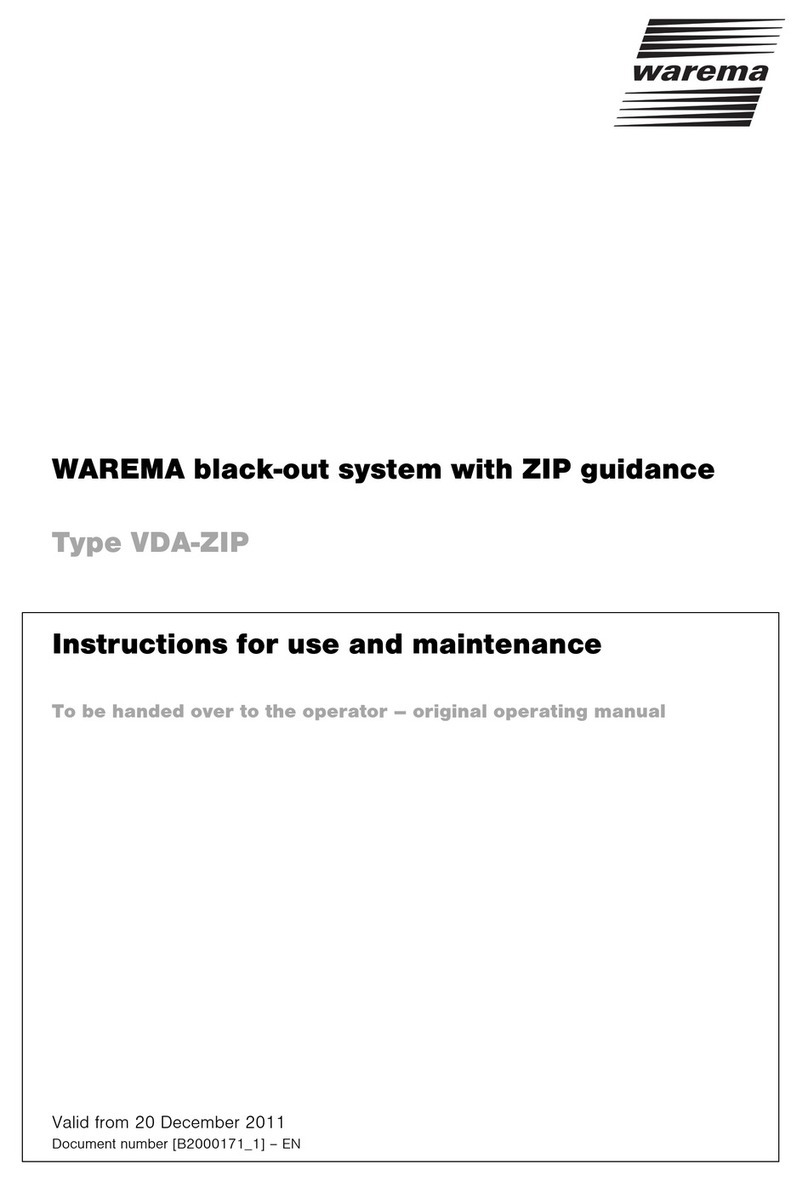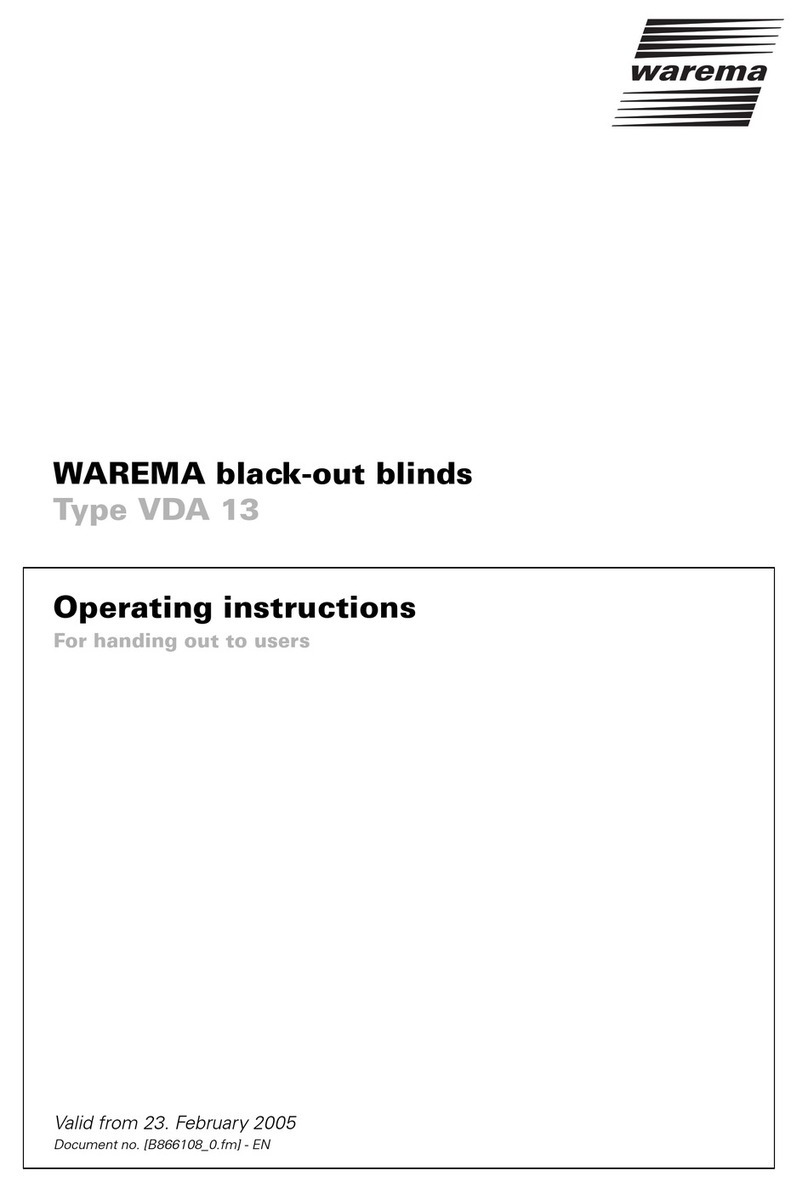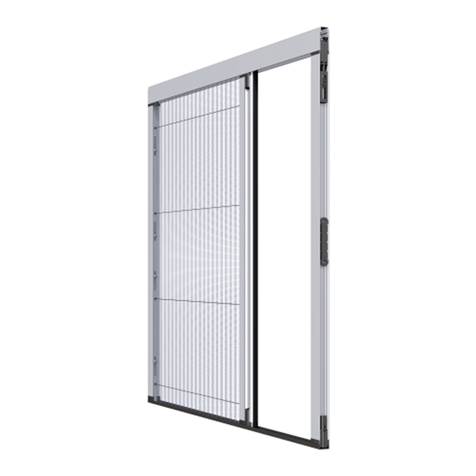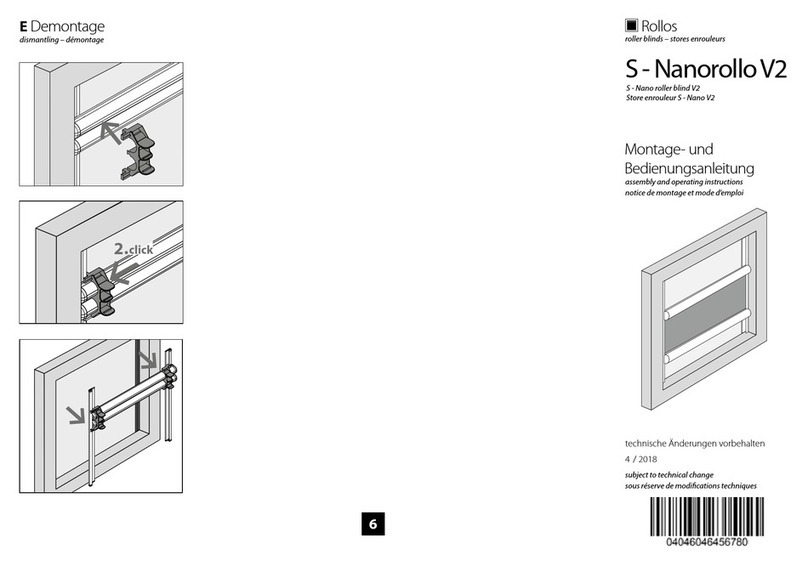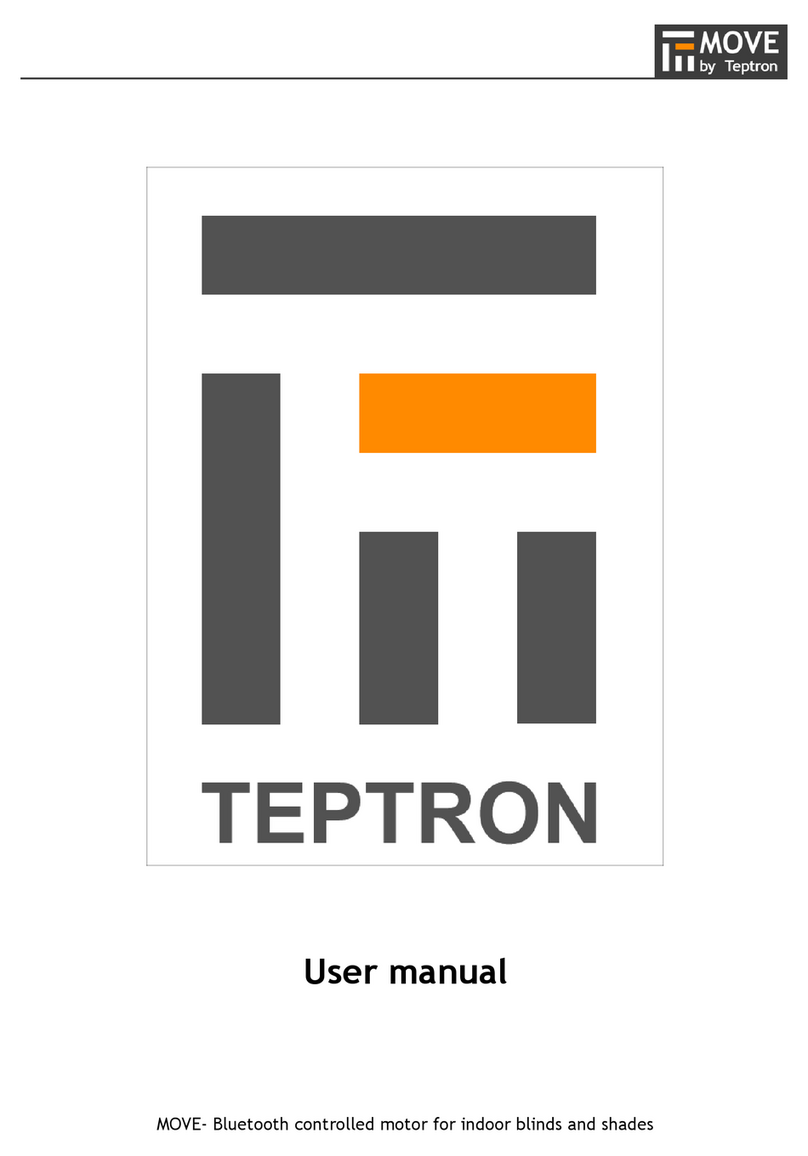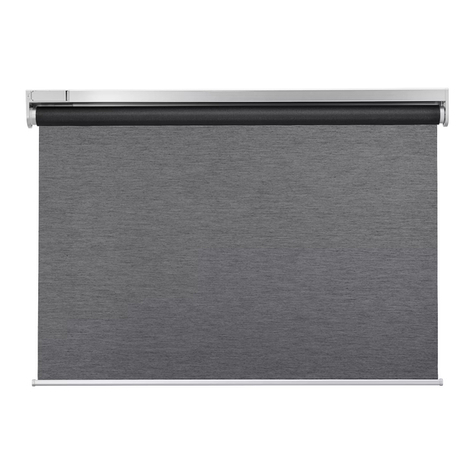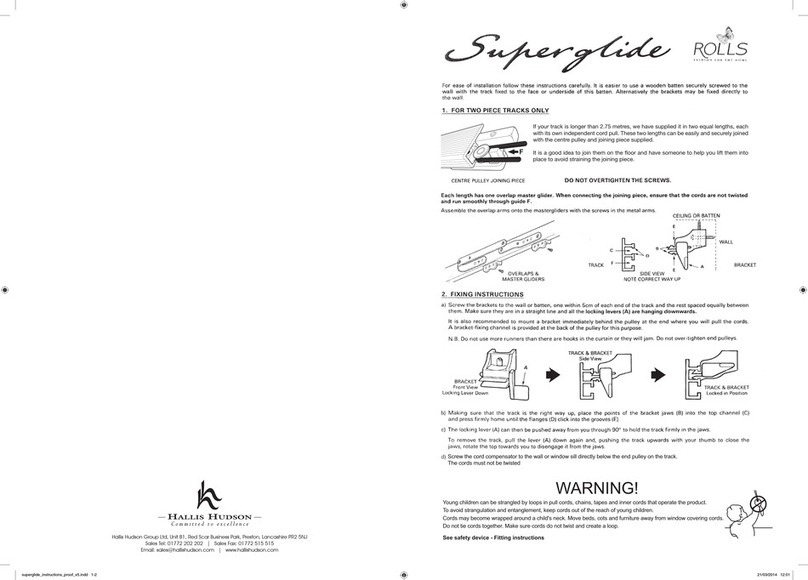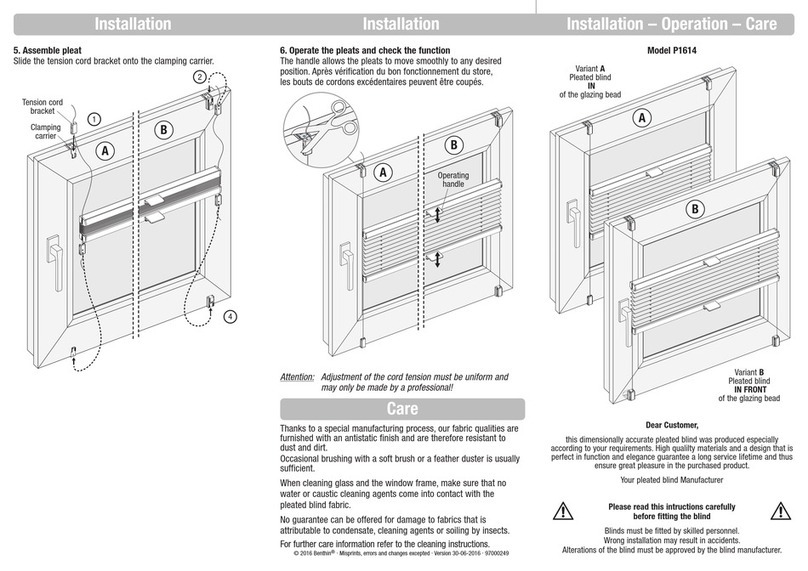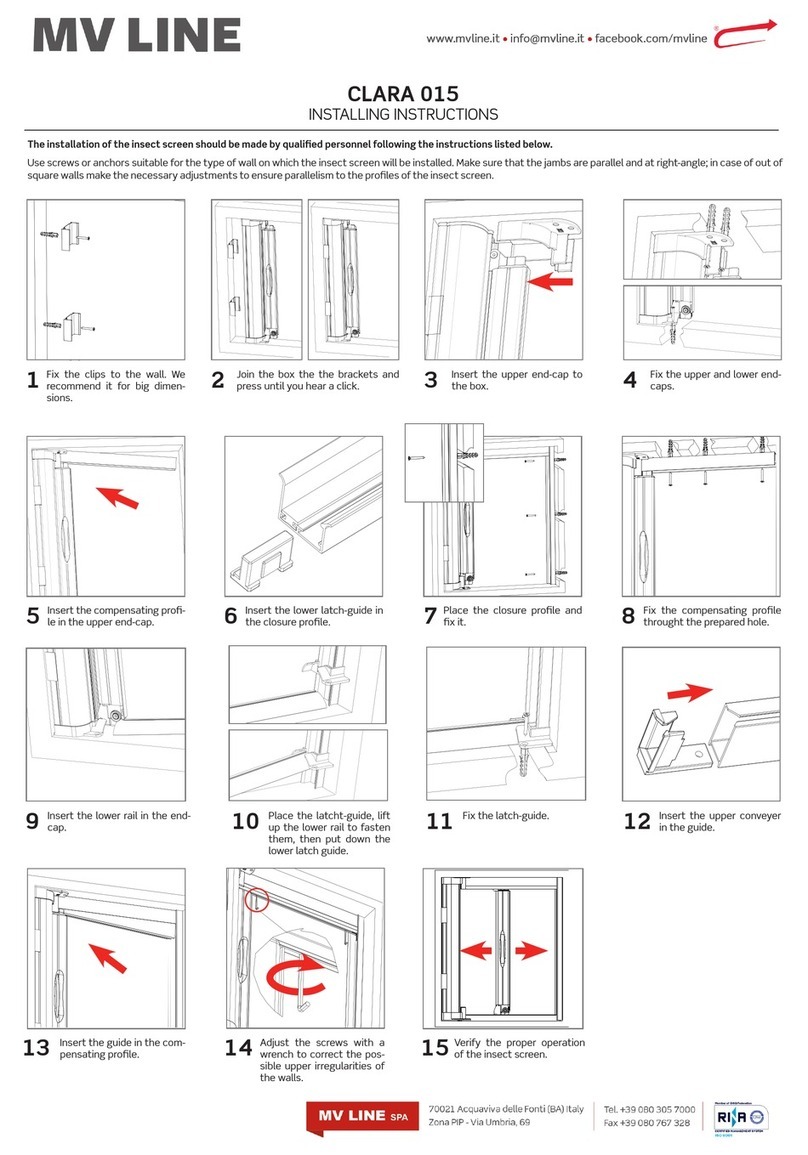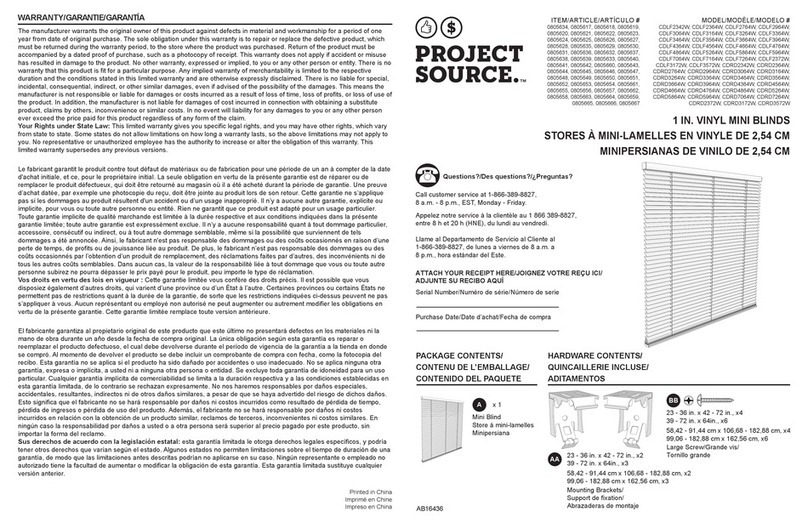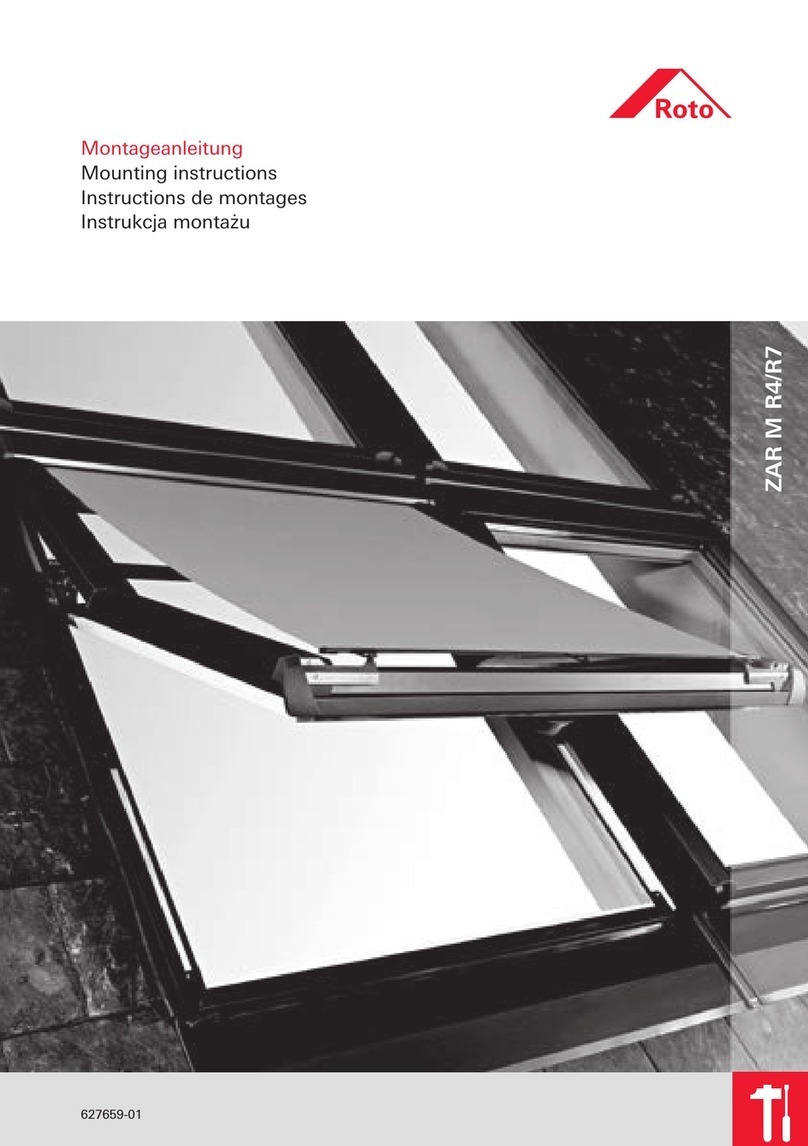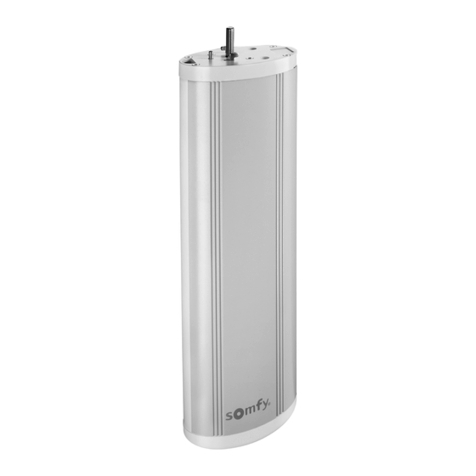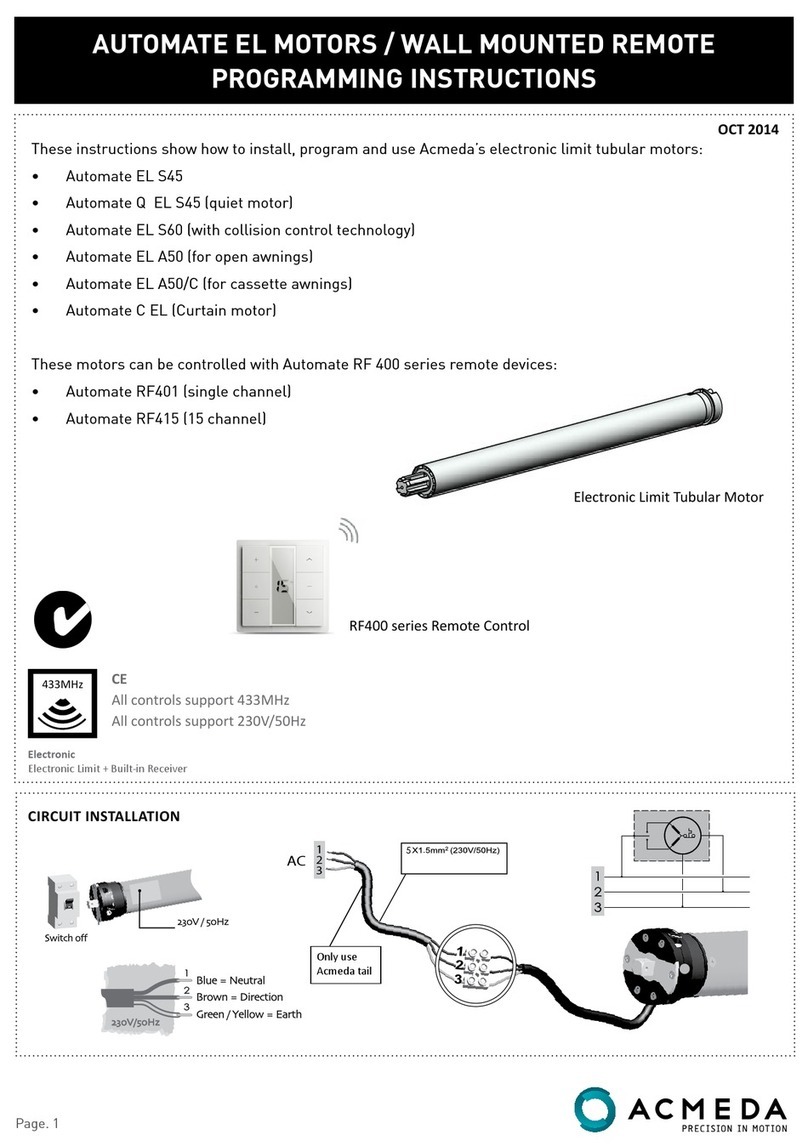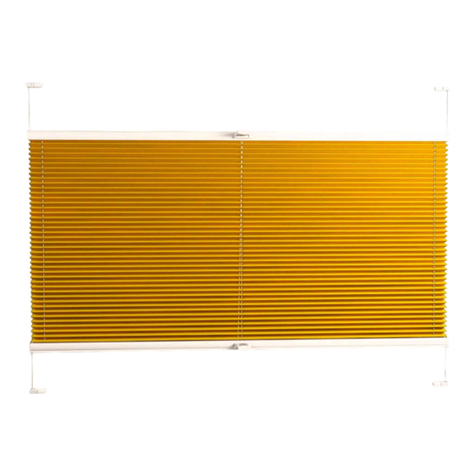Introduction
[M2001452_0] - EN / 22.06.12 Page 4 of 20 Subject to change without notice
1.3 Important safety information
The safety instructions and warnings described here are
intended to safeguard your health as well as protect the
product. Please read the following points carefully.
Damage resulting from inappropriate use or the failure to
observe these instructions or safety information is not
covered by the guarantee. Liability will not be accepted
for secondary damage.
General conditions
If the external venetian blind with auxiliary motor and bat-
tery-operated emergency retraction set is used at escape
doors and emergency windows to protect against sum-
mer heat and glare and to provide privacy, the battery-
operated emergency retraction set is activated in case of
an emergency to clear the escape route.
Correct functioning of the external veneti-
an blind with auxiliary motor and battery-
operated emergency retraction set and,
therefore, unblocking of the escape doors
and emergency windows in case of an
emergency are only ensured if you follow
our safety instructions closely.
Danger to life and limb if the WAREMA
control is not used!
It must be ensured that the external venetian
blind is only activated by the associated
electronic battery-operated control. Mani-
pulations by third parties must be
excluded. It is important that the external
venetian blind is not blocked by dirt or
obstacles.
Danger to life and product damage from
incorrect procedure during commission-
ing! If the following points are not followed,
no warranty can be granted for functional
problems, soiling and damage.
The external venetian blind must remain
out of service until the commissioning has
been released.
Raise the external venetian blind fully to
clear the escape route. The external ve-
netian blind is sufficiently raised if the ex-
ternal venetian blind disappears into the
cover panel (if present), or if the escape
door or emergency window can be ope-
ned.
Installation preparations
Danger to life from restrictions of the escape
route while during installation of the external
venetian blind with auxiliary motor and bat-
tery-operated emergency retraction set! Befo-
re beginning installation, inform the safety
officer that the escape route is available only
to a limited extent. It must be ensured that the
building can be evacuated along a different
escape route.
Risk of injury and damage to the product
from incorrect installation!
Comply with the specified installation
steps and instructions.
Install the product only if it is in technically
perfect condition.
Before installation, check the mounting
substructure to make sure it can bear the
loads.
Widely cordon off the installation site and
the projection area of the external veneti-
an blind.
Packaging
Risk of suffocation! Do not leave the packa-
ging material lying around, and keep children
away from small parts. Plastic film, polystyre-
ne, small parts, etc., can be very dangerous
for children to play with.
Electrical connection
Electric shock from incorrect installation!
The electrical installation must be performed
by a certified electrician in accordance with
the electrical installation regulations published
by the Association of German Electrical Engi-
neers (VDE 0100) or the standards and regu-
lations of the country in which the product is
being installed. The specialist must observe
the installation instructions included with the
electrical appliances. Before commissioning
the product, remove all lines that are not re-
quired. Disconnect any devices that are not
needed for operation.
